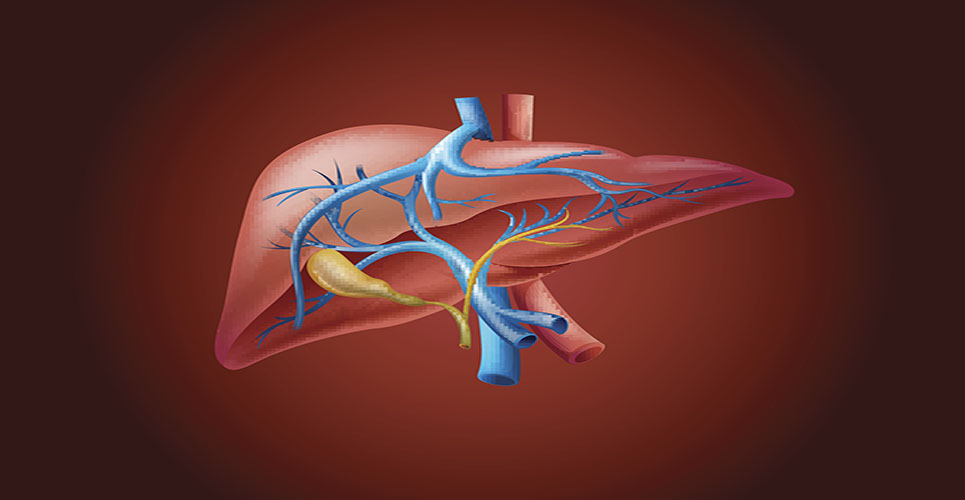teaser
The safety of experimental drugs may soon be determined using miniature human livers grown in a laboratory, new research has revealed.
A group of US Scientists have successfully bioengineered the livers, which had previously only been achieved using rat cells in a proof-of-concept study.
The new research also offers the possibility of growing livers that can then be transplanted into patients.
Professor Mark Thursz, consultant hepatologist at St Mary’s Hospital, London, and spokesman for the British Liver Trust, said: “There is no doubt that this is a major breakthrough for patients with hepatitis C.”
Scientists from the Wake Forest Institute for Regenerative Medicine in North Carolina said that laboratory-grown livers would provide an invaluable tool for drug development.
Project participant Dr Baptista said: “This would more closely mimic drug metabolism in the human liver, something that can be difficult to reproduce in animal models.”
The organs were created by sowing seeds of human cells onto collagen “scaffolds” that came from animal livers.
The collagen, left behind after removing all the animal cells with detergent, gave the livers their shape and structure.
The original cells were then replaced with immature human liver cells, and the vital endothelial cells that line the walls of blood vessels.
After a week being nourished with nutrients and oxygen in a laboratory “bioreactor”, the livers were seen to be growing and functioning like a human organ.
The next step is to see if the organs will continue to function after they have been transplanted into animals. Only then will it be possible even to consider their use in humans.
In future it is hoped that stem cells donated by patients could be used to grow replacement livers that would not be rejected by the immune system.
The same approach to bioengineering may also help doctors grow other organs, such as the kidney and pancreas.
Copyright © Press Association 2010

